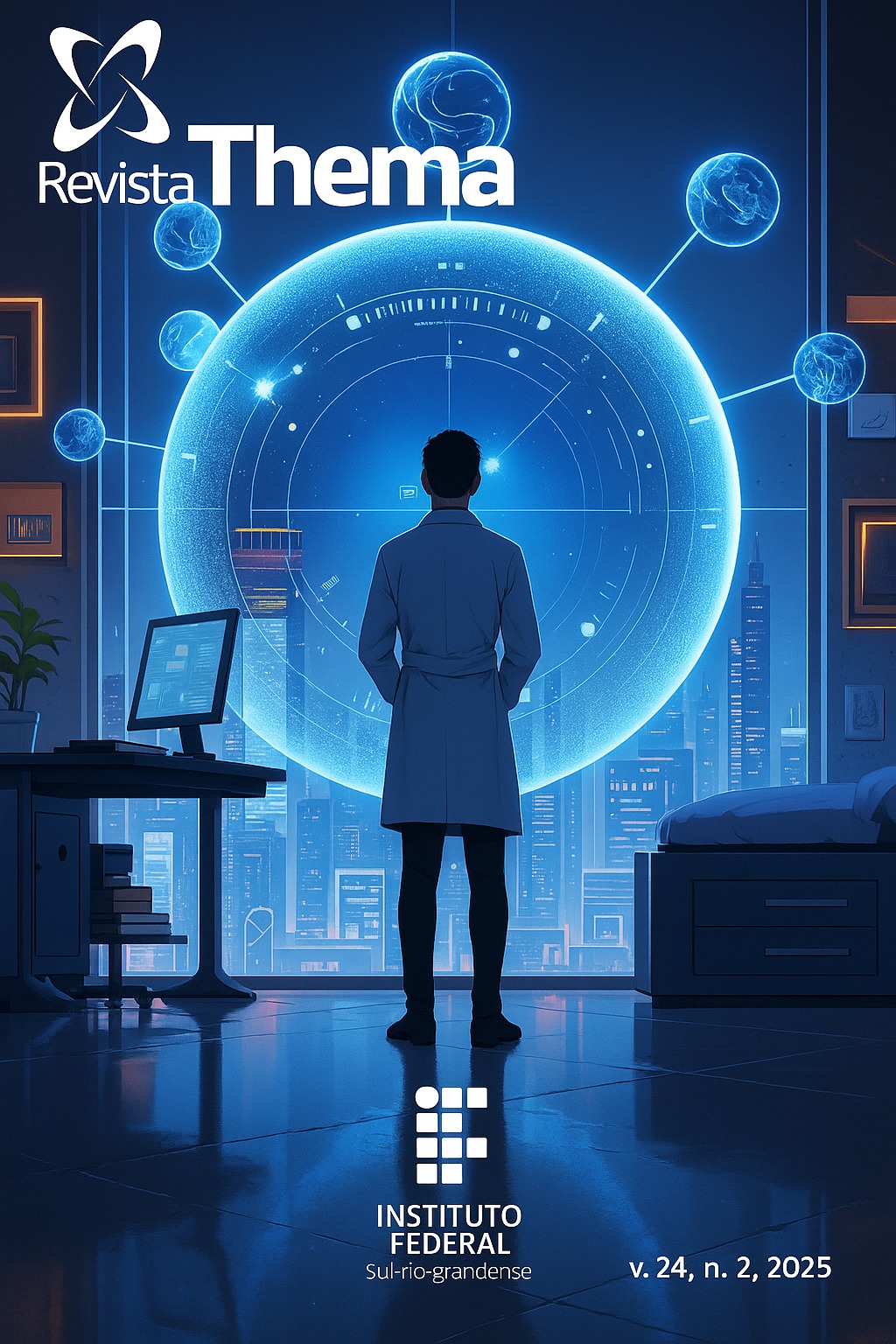Natural regeneration as a technique for restoring an area after bauxite mining, Minas Gerais, Southeast Brazil
DOI:
https://doi.org/10.15536/revistathema.24.2025.3568Keywords:
Atlantic Forest, Ecological restoration, Soil chemical attributes, Sustainability, Topsoil transferAbstract
The objective of this study was to evaluate the floristic composition, phytosociological parameters, and chemical attributes of the soil to assess the efficiency of exclusive natural regeneration for forest restoration in an area after 6 years of bauxite mining. The forest inventory was conducted for all individuals with a Circumference at Breast Height (CBH) ≥ 10 cm, and phytosociological parameters were analyzed using Fitopac 2.1 software. The area showed dominance of early succession species (pioneers and early secondary). The study revealed a low floristic diversity (H’=1.374) as well as equitability (J’=0.48), with the dominance of the genus Vernonanthura. The natural regeneration technique has proven to be efficient in soil coverage and has contributed to the recovery of soil attributes such as organic matter, soil pH, sum of bases, cation exchange capacity, total-N, and an increase in nutrients (K, Ca, Mg, Mn, and Zn). To enhance floristic diversity and expedite the restoration process in this area, we recommend controlling invasive grasses, enriching the area by planting seedlings of native species from more advanced succession stages, and employing nucleation techniques.
Downloads
Downloads
Published
How to Cite
Issue
Section
License
O autor responsável pela submissão representa todos os autores do trabalho e, ao enviar o artigo para a revista, está garantindo que tem a permissão de todos para fazê-lo. Da mesma forma, assegura que o artigo não viola direitos autorais e que não há plágio no trabalho. A revista não se responsabiliza pelas opiniões emitidas.
A Revista Thema é de acesso aberto (Open Access), sem que haja a necessidade de pagamentos de taxas, seja para submissão ou processamento dos artigos. A revista adota a definição da Budapest Open Access Initiative (BOAI), ou seja, os usuários possuem o direito de ler, baixar, copiar, distribuir, imprimir, buscar e fazer links diretos para os textos completos dos artigos nela publicados.
Todos os artigos são publicados com a licença Creative Commons Atribuição-NãoComercial 4.0 Internacional. Os autores mantém os direitos autorais sobre suas produções, devendo ser contatados diretamente se houver interesse em uso comercial dos trabalhos.





